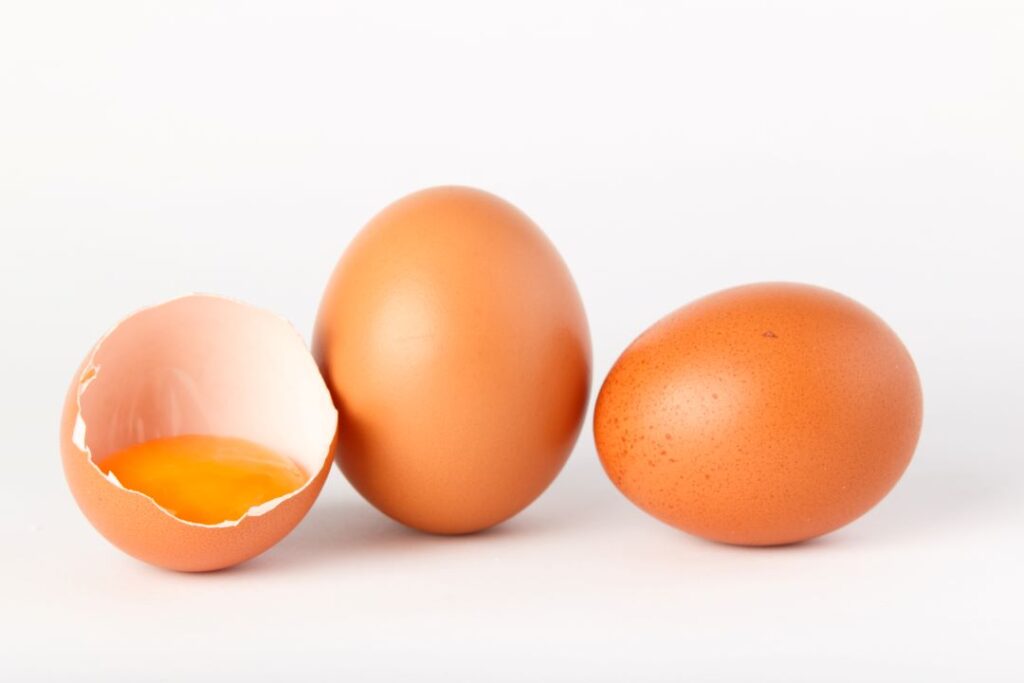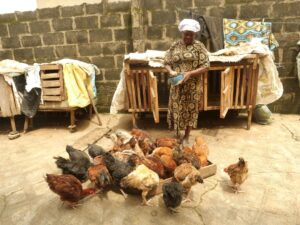An egg is an ovum produced by female birds, reptiles, fish, or invertebrates, typically containing a developing embryo. Avian eggs are encased in a calcareous shell, while those of reptiles possess a leathery membrane. The internal structure of an egg comprises the shell (inner and outer membranes), airspace, chalazae, albumin, yolk layers, blastodisc, and vitellin membrane. Poultry farmers prioritize egg size as larger eggs command higher market values. Egg size is a critical factor for poultry farmers, as larger eggs command higher market prices.
Nigeria stands as Africa’s leading egg producer and the second-largest chicken producer. The nation’s poultry industry encompasses approximately 180 million birds, with 80 million raised in extensive systems, 60 million in semi-intensive conditions, and 40 million under intensive management. Annual poultry output in Nigeria totals 300 metric tons of meat and 650 metric tons of eggs. Approximately 85 million Nigerians participate in poultry farming, predominantly on a small to medium scale.
There are numerous breeds of egg-laying hens, with brown layers constituting the majority for commercial egg production. Popular commercial varieties include the Isa Brown, Hisex Brown, and Lehman Brown, renowned for their brown eggshells.
Nigerians exhibit diverse egg consumption patterns. Common egg-based preparations include egg sauce, fried eggs, omelets, and boiled eggs. Eggs are also widely enjoyed as accompaniments to rice, yam, noodles, spaghetti, and boiled or fried plantain.
Factors that Influence Egg Size
Egg size variation is affected by the following factors:
- Breed: Smaller chicken breeds typically produce smaller eggs, while others lay medium to large eggs. Individual hens may not consistently lay eggs of their breed’s average size. About 60% of egg size variation comes from non-genetic factors like nutrition and management. Choosing the right commercial bird variety is crucial for producing the desired egg size.
- Nutrition: Proper nutrition during rearing helps hens reach optimal body weight. During the laying period, diet adjustments, including energy sources like corn, sorghum, and wheat, along with methionine from whole wheat, sunflower, oats, fish meal, and earthworms, are essential. Amino acids, linoleic acid from flaxseed and soy oil, and fats from sunflower seeds support nutrient absorption, energy storage, glossy feathers, and egg size. Adequate mineral intake prevents thin shells and cracking, particularly in larger eggs. A balanced protein intake is crucial due to the high protein content of eggs.
- Water Consumption: Inadequate water consumption reduces egg size and production. Additionally, water quality and temperature are crucial factors. Reduced water intake leads to decreased feed consumption, resulting in smaller eggs.
- Age of Hen: The younger the hen, the smaller the egg size. As hens grow older their eggs gradually increase in size. Maximum egg size can be expected when birds reach about on year old. Egg size tends to get smaller again just before birds stop laying.
- Bird Health: Disease and stress can reduce chickens’ feed intake and egg production rates. Disease prevention is a vital aspect of production. Good hygiene, biosecurity measures, and proper management practices reduce infection risks. Effective disease prevention and control are critical for maintaining egg quality.
- Ambient Temperature: The ambient temperature significantly affects egg size. In hot conditions, hens consume less feed, leading to production of smaller eggs. Eggs tend to be smaller when the temperature exceeds 27°C.
- Feed Intake: With all essential nutrients present in adequate quantities, increased feed intake leads to larger eggs. Factors that inhibit feed consumption, such as crowding or stress, can reduce egg size.
- Body Weight: Chickens with higher body weights lay larger and more eggs throughout the production period, while those with smaller body weights produce smaller eggs. Body weight depends on various factors, including nutrient intake, light exposure, and feed consumption.
https://en.wikipedia.org/wiki/ISA_Brown
Image from freepicdownloader.com






